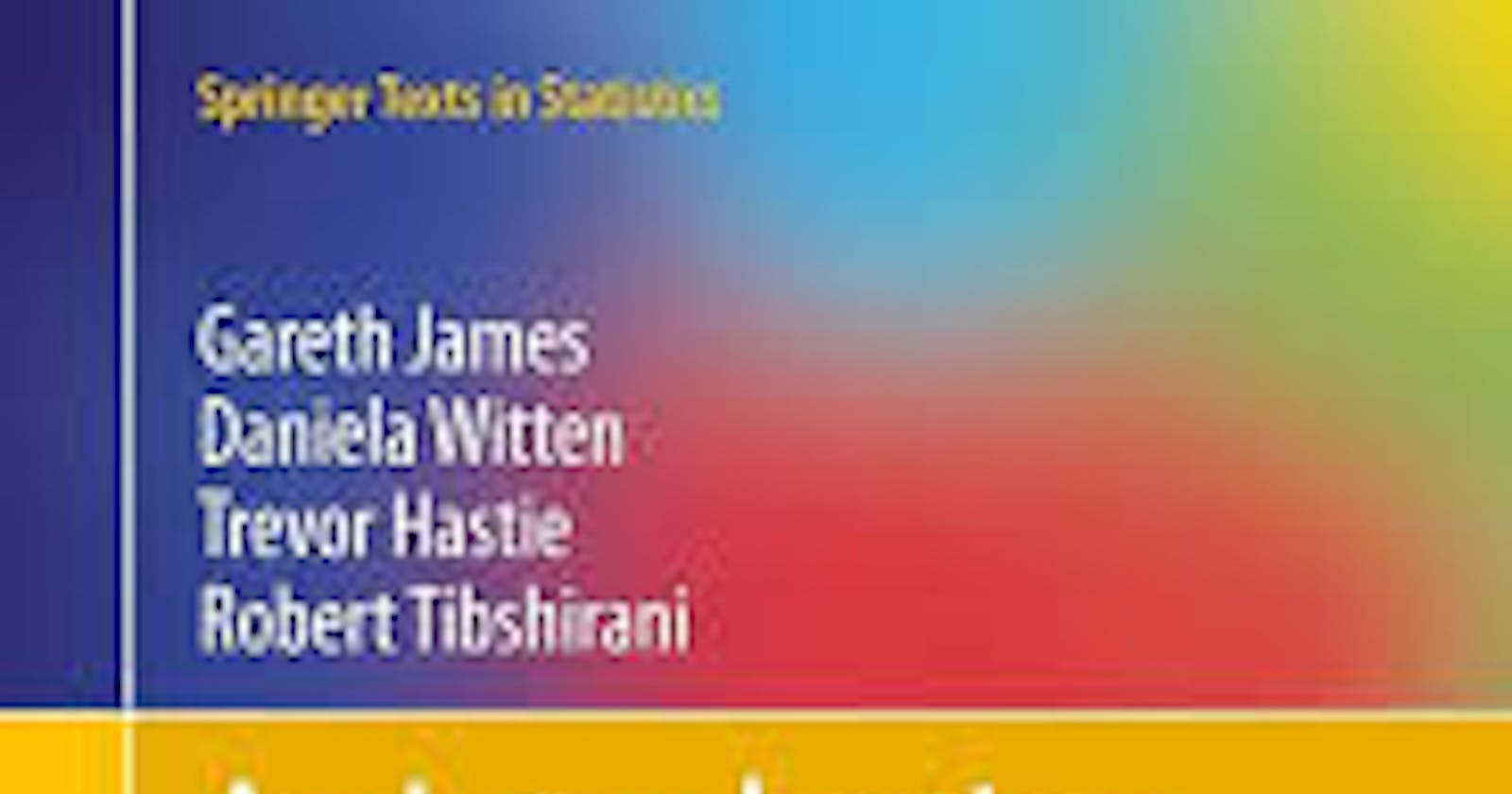About An Introduction to Statistical Learning with Applications
In the vast landscape of data science and learning techniques, an array of resources beckons, each offering unique perspectives and tools to navigate the complexities of modern analysis. Among these, "An Introduction to Statistical Learning with Applications" stands as a beacon, guiding enthusiasts through the intricacies of statistical methodologies with practical applications. In this exploration, we embark on a journey that intertwines the foundational concepts from this seminal text with insights drawn from diverse disciplines, ranging from algorithms and technical analysis to cognitive behavioral therapy.
At the heart of statistical learning lies the endeavor to uncover patterns and relationships within data, enabling informed decision-making and predictive modeling. Drawing parallels with "Mind Over Mood," a pioneering work in cognitive behavioral therapy, we recognize the common thread of pattern recognition and interpretation. Much like identifying and challenging cognitive distortions in therapy, statistical learning involves discerning signal from noise and extracting meaningful insights from raw data.
Bridging the realms of statistics and algorithms, we delve into "Introduction to Algorithms," a definitive guide in computer science education. Here, algorithms serve as the backbone of data analysis, providing systematic approaches to tasks ranging from sorting and searching to machine learning algorithms like regression and classification. By integrating concepts from statistical learning with algorithmic techniques, practitioners gain a comprehensive toolkit to tackle diverse data-driven challenges.
In the realm of financial analysis, Technical Analysis by John Murphy offers a lens into the world of market dynamics and trends. While statistical learning typically focuses on structured data, technical analysis introduces the concept of analyzing unstructured data, such as stock price movements and trading volumes. By juxtaposing statistical models with technical indicators like moving averages and oscillators, analysts gain a holistic view of market behavior, leveraging both quantitative and qualitative insights.
The evolution of learning techniques extends into the domain of artificial intelligence, with "Deep Learning" emerging as a formidable force in data-driven innovation. Building upon the foundations of neural networks, deep learning algorithms excel in extracting intricate patterns from vast datasets, revolutionizing fields like image recognition, natural language processing, and autonomous systems. "Deep Learning with Python" serves as a practical guide, equipping enthusiasts with the tools to harness the potential of neural networks and convolutional architectures.
Amidst the technical intricacies, the human element remains paramount, as evidenced by the principles of cognitive behavioral therapy. Just as therapists guide individuals in reframing thoughts and behaviors, data scientists navigate the terrain of bias and interpretation, ensuring ethical and responsible use of data. By embracing interdisciplinary perspectives, practitioners cultivate a nuanced understanding of data science, transcending mere technical proficiency to enact meaningful change in diverse domains.
In conclusion, the synthesis of statistical learning with diverse disciplines yields a rich tapestry of insights and methodologies, empowering practitioners to navigate the complexities of modern analysis. By embracing the principles of curiosity and interdisciplinary collaboration, we embark on a journey of continuous learning and exploration, harnessing the transformative power of data to shape a brighter future.

